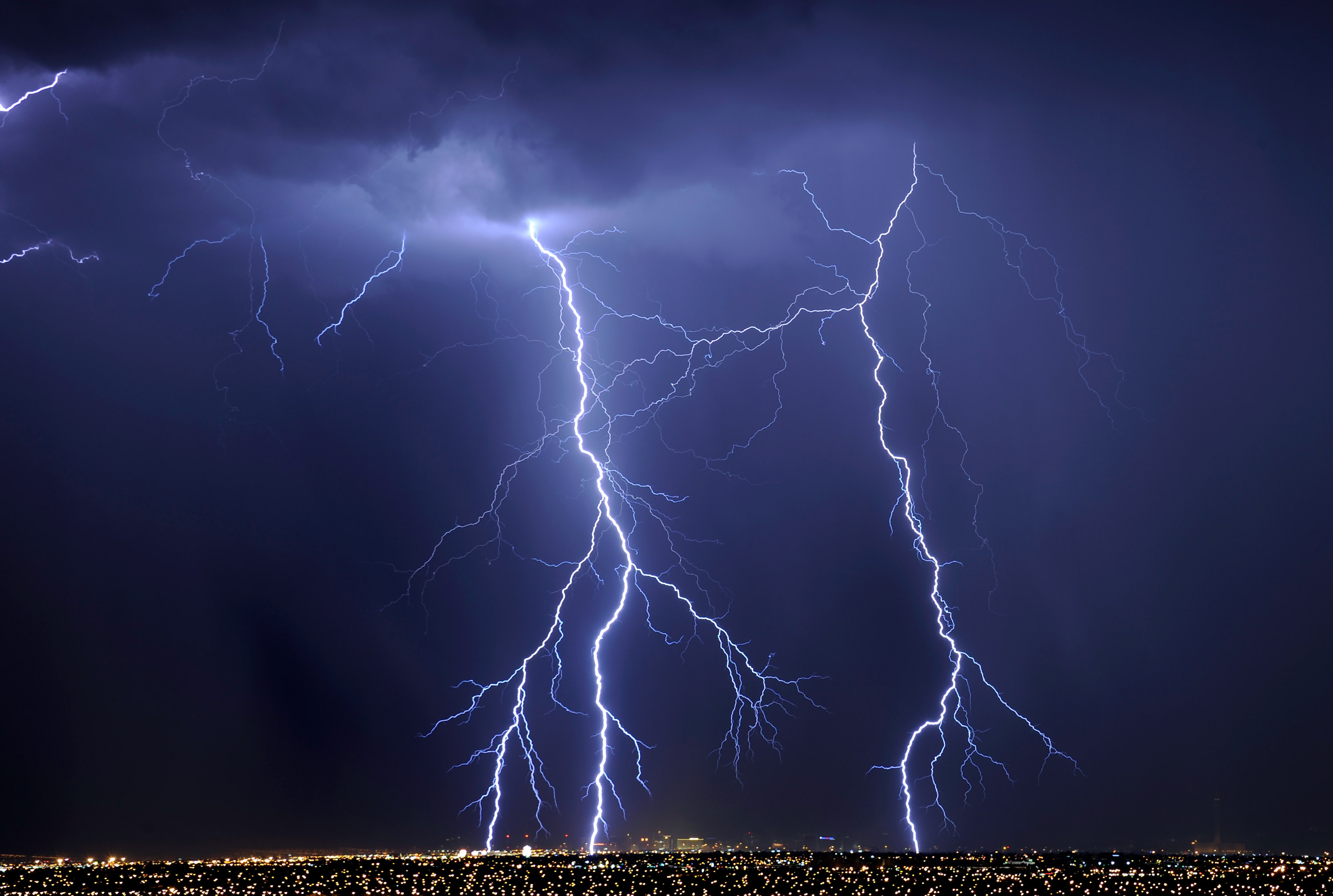KUSA - Three of the most seriously injured victims from the lightning strike on Mt. Bierstadt Sunday are out of the hospital. The incident, which injured 13 people, happened just after 11 a.m. and highlighted the dangers of lightning during high altitude hikes.
"Outside of the box," is how Richard Kithil described the strike.
Kithil is the head of the National Lightning Safety Institute based in Louisville. He said what happened on Mt. Bierstadt was unusual by Colorado standards because it happened before noon, which is the time used as a general rule of thumb for hikers to come down from the summit.
"There was no solution," Kithil said. "There was no early warning, there was no, '12 o'clock, we better be heading down the hill.'
For those who were trapped near the summit, he said there was little they could do at that point to protect themselves.
"There's nothing to do. You can crouch down and separate yourself 10 or 30 feet from other people," he said, "but in terms of something scientifically endorsable to do for safety, there isn't anything."
If someone near you is struck by lightning, you need to move quickly to help them, according to Dr. Christopher Colwell with Denver Health.
"Somebody who has been hit by lightning or affected by lightning is of absolutely no risk to you," Dr. Colwell said. "Please don't hesitate to touch somebody who has been struck by lightning in an attempt to help them."
He added that the most important thing is to start CPR if someone's heart has stopped, to give them the best chance of surviving until help arrives.
In the end, Kithil said checking the weather beforehand is the best move to avoid a strike.
"Before you even get your car out of the garage, if it looks bad, do something else," he said.
Kithil said, on average, lightning strikes kill three people in Colorado each year. Last year there were two in Colorado, both at Rocky Mountain National Park.
(KUSA-TV © 2015 Multimedia Holdings Corporation)


